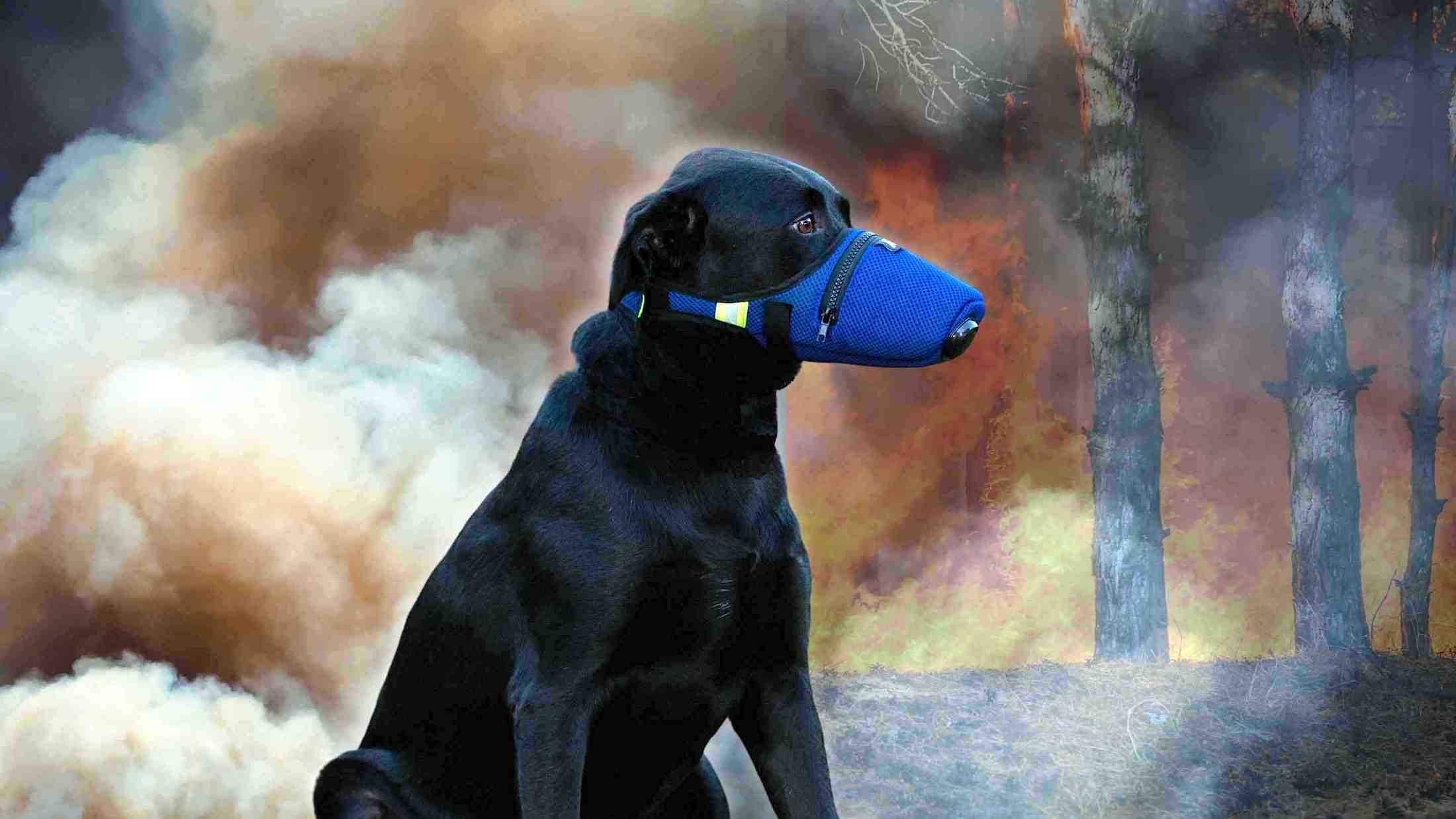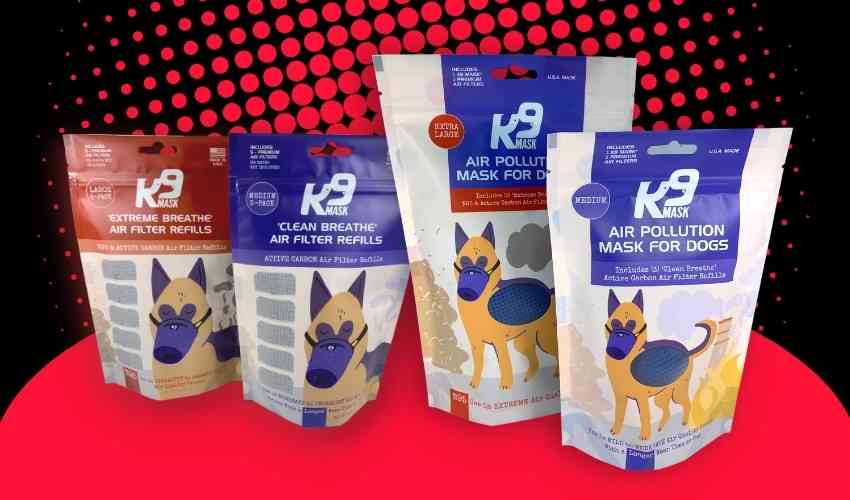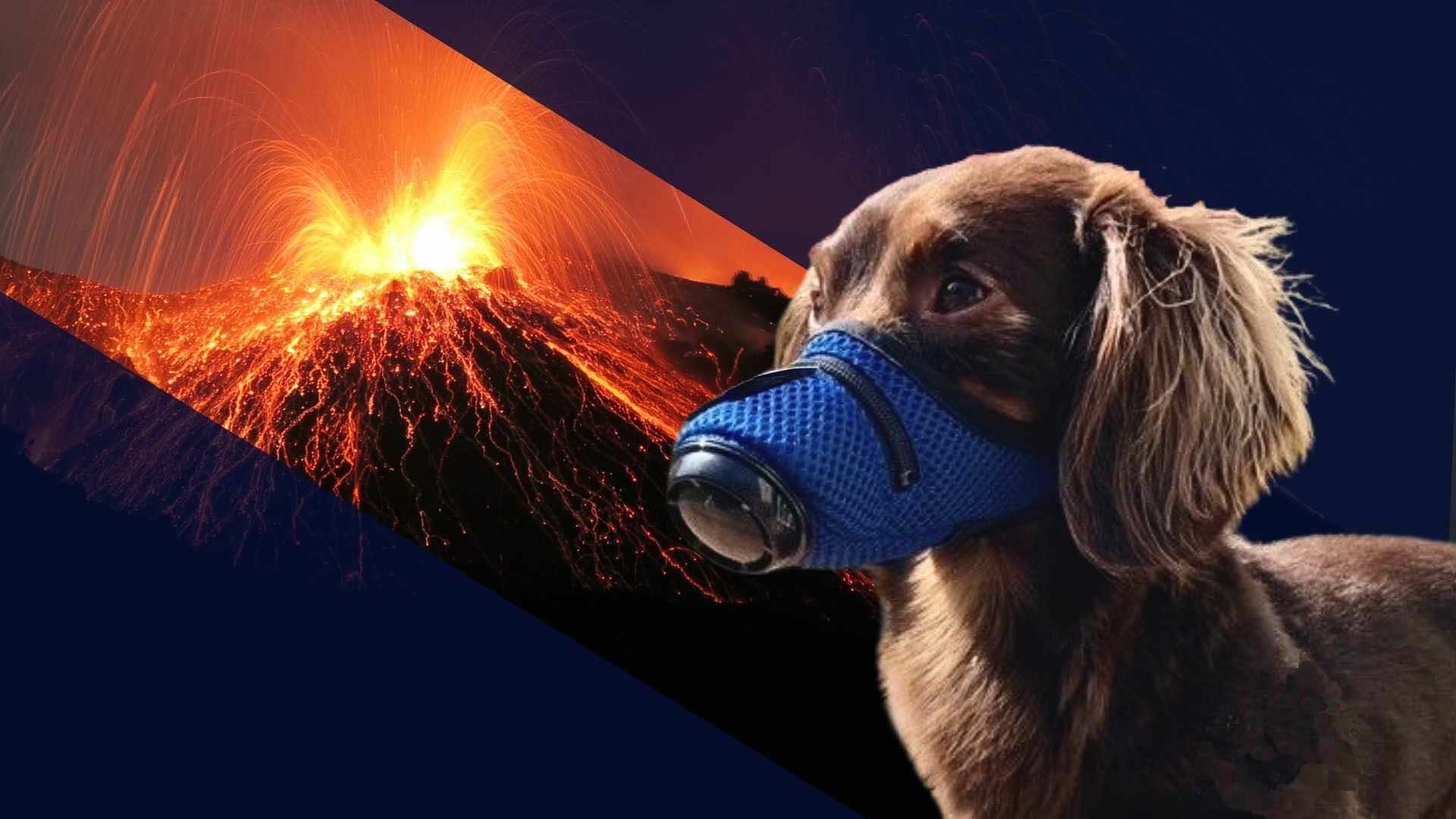When most people think about volcanic eruptions, images of glowing lava flows often come to mind. But for pet owners near Anchorage, Alaska—especially with the looming possibility of Mount Spurr erupting—the real danger may not be the lava. It’s the ash.
Ash vs. Lava: Which is More Dangerous for Dogs?
While both volcanic ash and lava are hazardous, they pose very different types of threats to dogs. Understanding the difference can help you protect your pet in the event of an eruption.
Lava: Rare but Fatal on Contact
Lava is molten rock that flows from a volcano’s vent during an eruption. In Alaska, explosive eruptions like those from Mount Spurr typically produce less lava flow and more ash fall. However, if lava is present:
Direct contact is fatal – Lava reaches temperatures over 1,300°F. If a dog were to come into contact with it, the result would be catastrophic.
Escape is usually possible – Lava flows are generally slow-moving, which means they can be avoided with timely evacuation.
Threat level: localized but severe
Unless you’re living very close to the volcano’s vent, your dog is unlikely to encounter lava directly. Still, it’s critical to heed all evacuation orders and stay informed during volcanic activity.

Volcanic Ash: The Silent, Widespread Danger
Ash is where the real health risks lie for your dog.
Volcanic ash isn’t soft or fluffy—it’s composed of tiny, jagged particles of rock and glass that can spread hundreds of miles from the eruption site. In a city like Anchorage, even a distant eruption can bring dangerous ashfall.
Here’s how volcanic ash can harm your dog:
Respiratory Issues:
Dogs breathe faster than humans, and their smaller airways are more easily irritated by airborne ash.
This can lead to:
- Coughing and wheezing
- Nasal discharge
- Breathing difficulty
- Bronchitis or pneumonia in severe cases
Eye Irritation
Ash particles can scratch the cornea and cause painful eye conditions, especially in dogs that spend time outdoors.
Skin and Paw Irritation
Ash can cause dry, itchy skin and may lodge between paw pads, leading to discomfort or infection.
Toxic Inhalants
Some ash contains sulfur dioxide and other toxic gases, which can exacerbate respiratory symptoms and be dangerous in enclosed or poorly ventilated areas.
How to Protect Your Dog During an Ashfall
Here are a few key tips to safeguard your pup during a volcanic eruption:
✅ Use a K9 Mask® air filter – Our masks are designed specifically for dogs to filter out fine particles like volcanic ash and toxic gases, offering frontline protection during ashfall events.
✅ Keep pets indoors – Limit outdoor time as much as possible when ash is in the air.
✅ Clean paws and fur – Gently wipe down your dog after any outdoor exposure to prevent them from licking or ingesting ash particles.
✅ Watch for signs of distress – If your dog starts coughing, gagging, or seems lethargic, consult your vet immediately.
✅ Create a pet emergency kit – Include clean water, food, eye wash, paw wipes, and your K9 Mask® in a grab-and-go emergency bag.

The Bottom Line
Lava may be dramatic and deadly, but ash is the more insidious danger to your dog’s health—especially in urban areas like Anchorage. As Alaska’s volcanic peaks remind us of their potential power, it’s crucial to stay prepared.
Investing in a K9 Mask® gives you peace of mind, knowing you have a way to protect your best friend from the invisible threats in the air. Because when ash falls, protection matters.

Stay safe. Stay informed. Stay prepared—with K9 Mask®.













